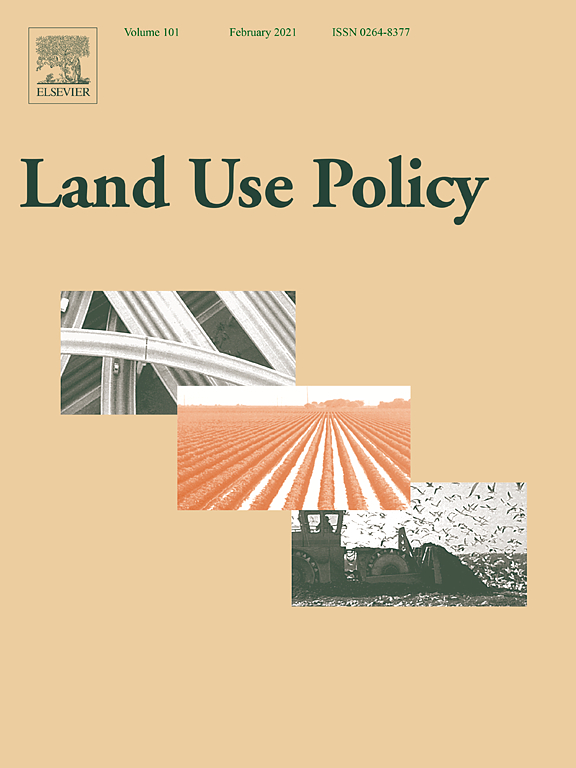Registration of private interests in land in a community lands policy setting: An exploratory study in Meru district, Tanzania
Current Tanzanian land law offers registration of private interests in land in the form of Certificates of Customary Rights of Occupancy (CCROs) within a broader community lands approach. We conducted qualitative research on the issuance of CCROs along a mountain slope transect in Meru district in northeast Tanzania. This area features intensified smallholder agriculture that evolutionary theory suggests is well adapted for registration of private interests in land.


